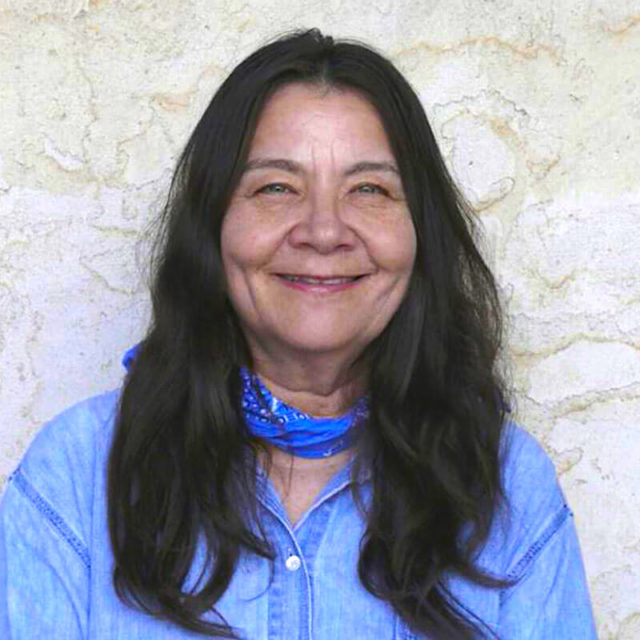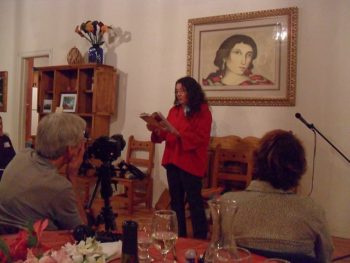


He could still see the face of the little boy, looking back at him, smiling, and he tried to vomit that image from his head, because it was Rocky's smiling face from a long time before, when they were little kids together. The smell of his own vomit and the rotting garbage filled his head, and he retched until his stomach heaved in frantic dry spasms. GradeSaver, 28 July 2017 Web.The swelling was pushing against his throat, and he leaned against the brick wall and vomited into the big garbage can. Next Section Gardens in the Dunes Summary How To Cite in MLA Format Anonymous "Gardens in the Dunes Background". Will review the submission and either publish your submission or provide feedback. You can help us out by revising, improving and updatingĪfter you claim a section you’ll have 24 hours to send in a draft. Suzanna Ruta of The New York Times describes the book as a “rich, intriguing, irritating mix of myth, allegory, Victorian children's tale and adventure yarn, laced with readings in Southwestern history, early Christian theology and Celtic archeology.” After the success of Gardens, Silko published one more novel in 2010, The Turquoise Ledge, a memoir that details her childhood living on a Native American reservation. Upon its publication, Gardens in the Dunes garnered positive reviews for its provocative depiction of a girl at war between two worlds. In this unbelievably heartwarming story, Silko bridges the gap between two societies that are constantly diametrically opposed. Indigo is adopted into a new family to expedite the process, but it turns out that she has much more to teach than to learn. When she is abducted from her home by white soldiers, she is forced to become “civilized” by assimilating into an entirely different culture. In 1999, Silko published a novel entitled Gardens in the Dunes, which tells the story of a teenage girl named Indigo who is part of the Sand Lizard tribe. She continued to write incessantly some of her works include Laguna Woman: Poems (1974), Ceremony (1977), and Storyteller (1981). Silko’s foray into the literary realm began with the publication of her short story, The Man to Send Rain Clouds. As a child, her grandmother passed on traditional stories and customs of the Laguna people, which further inspired her creatively and intellectually. She is of Laguna ancestry, a Native American tribe based in New Mexico, and thus her literary works are heavily inspired by her culture. Leslie Marmon Silko is a writer and novelist born on Main Albuquerque, New Mexico. Written by people who wish to remain anonymous We are thankful for their contributions and encourage you to make your own.

These notes were contributed by members of the GradeSaver community.


 0 kommentar(er)
0 kommentar(er)
